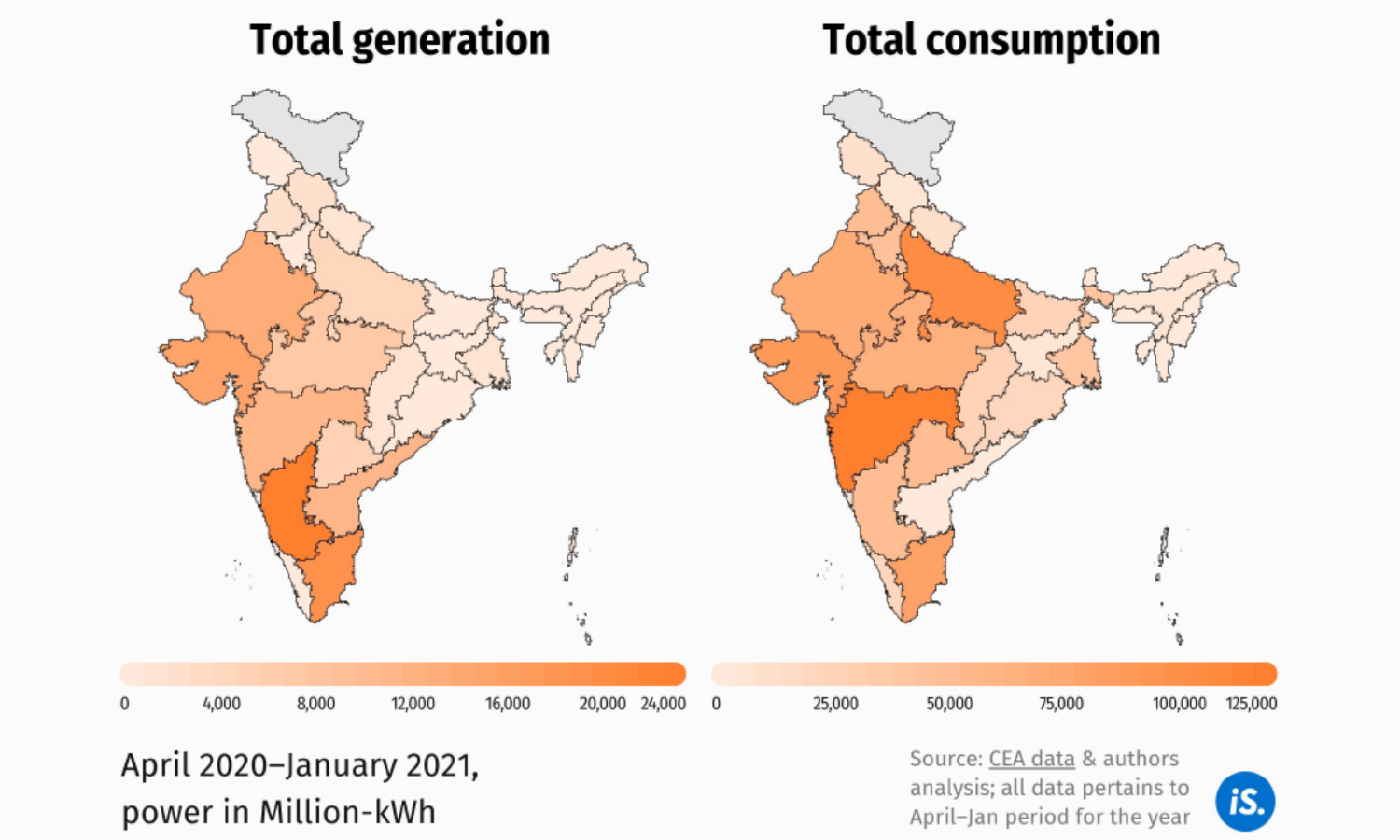Remaining Challenges For Renewables In India
Improving financial health of power distribution companies, better forecasting and scheduling, and strengthening grid infrastructure are key

The most important challenge for further scaling up renewables in India is the poor financial condition of power distribution companies (discoms), most of which are owned by state governments. Almost all renewable energy is purchased by such discoms, resulting in very long and unsustainable payment cycles. For example, in December 2020, delayed payments to power generators from discoms totaled Rs 110,000 crore (this pertains to all power generated, not just RE power). Most RE projects report delays ranging from 6-18 months.
Another challenge is that as the percentage of RE power increases, the variability in its generation due to weather conditions makes operating the transmission grid a technically demanding task. Until recently, RE power capacity was small, but now RE projects are producing so much power that they are sometimes required to reduce or switch off generation to ensure that the grid is operating smoothly. Only recently have efforts at forecasting and scheduling of wind and solar power been ramped up. This enables projecting generation of RE power for the next 24 hours, and therefore better planning of grid operations.
The weak transmission grid in the country has also been a challenge, especially in the case of RE projects, which are often set up in remote areas, and away from large cities and consumption centres. For example, ambitious plans to build large solar projects in Leh were recently cancelled citing weak transmission infrastructure. An ambitious Green Energy Corridor programme launched in 2013 to strengthen the grid to support RE capacity has also faced financing and land acquisition hurdles, among others.
More recently, India has produced more power than it consumes, largely due to over-building of coal capacity in the last decade on the back of optimistic demand growth projections. Distribution companies have therefore refused to sign new agreements to purchase the renewable power that is likely to come onboard as newer projects begin operations. An estimated 19,000 MW of capacity remains on the drawing board because of unsigned 'power purchase agreements' (PPA), dampening investor sentiment and enthusiasm for further auctions.
The renewable energy sector can continue to grow significantly and play a key role in India's and the world's ambition in tackling climate change. However, several interventions are needed to continue this impressive growth: Distribution Company reforms, a framework to adopt new developments like battery storage solutions and off-shore wind turbines, and technology solutions to integrate an increasing share of renewables into the grid.
Data visuals designed by Gokulananda Nandan and Gulal Salil.
Here are other DataViz of the series:
Renewable Energy: How India Is Faring
How Renewable Energy Became Price-Competitive With Conventional Power
How Renewable Energy Took Off In India
How India Stacks Up Vis-a-Vis Other Countries In Renewables
How Renewables Other Than Solar And Wind Have Fared
We welcome feedback. Please write to respond@indiaspend.org. We reserve the right to edit responses for language and grammar.


